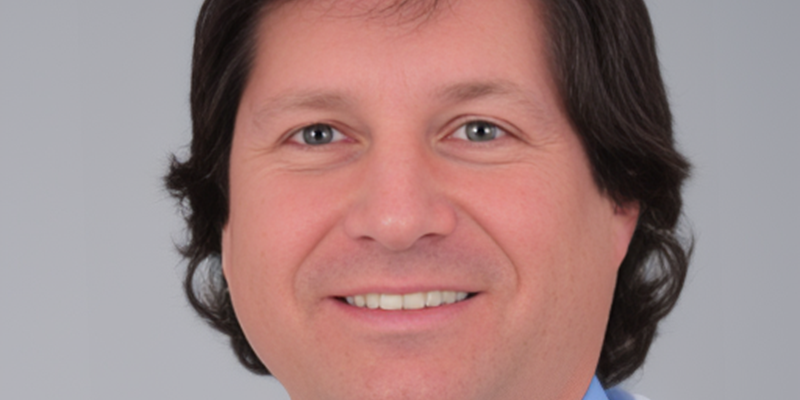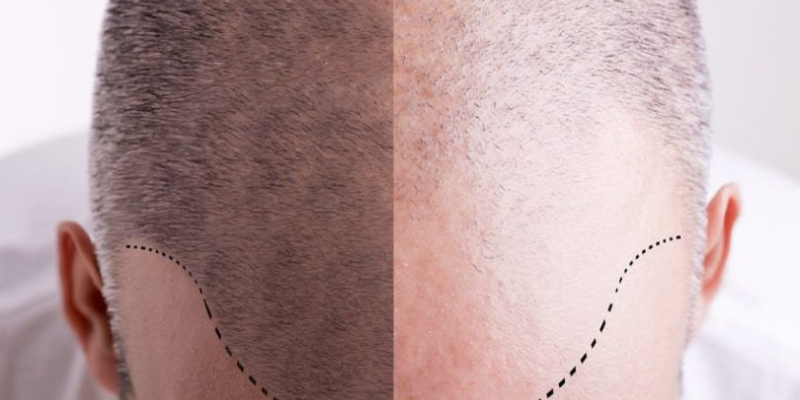Bad Hair Transplant
Bad Hair Transplant Hair transplantation is a very simple procedure that has a good chance of working well for most people. However, there are a lot of reasons why this surgery might not work out well. The first thing that comes to mind when someone has an unpleasant or unsatisfactory outcome is how to fix it. Here are some things you can expect to learn about as a result: In the first place, what makes a bad hair transplant? In this case, can we say that our hair transplant was a complete failure? Is it possible to solve this problem if the operation doesn’t work? If so, what are the best ways to deal with this annoying problem when it happens?
First, we need to talk about the general process of hair replacement: what is it? Then, how does one go about it? Getting or taking hair grafts from the donor area is very simple in a hair transplant. It also means that we can transplant them into bald parts of our bodies, like hair, eyebrows and eyelashes.
How To Understand If You Have Bad Hair Transplant?
The truth is that if your procedure is done properly in a good facility by people who are very good at what they do, it will almost certainly work. However, you may have a bad hair replacement for a number of reasons. Because your operation didn’t work at all, how did you first figure out it didn’t work? Many patients don’t know how to tell if their surgery went well or not.
Getting what you want from a hair replacement procedure can be hard, but don’t worry; more than half of them can be fixed. A doctor who is well-qualified, experienced, well-known, and skilled should be the first thing you look for when you have a problem. And you should also know that Turkey is the best place in the world for hair transplants and other types of cosmetic surgery in general. In this country, there are a lot of international hospitals where you can get the job done right for a very good price. However, only 50 percent of hair transplant surgeries that go wrong can be fixed and last a long time.
What Causes A Bad Hair Transplant?
The adage “practice makes perfect” or “we learn by doing practical” is true for the whole farm. It takes a lot of time and effort to have hair transplanted using FUE or DHI techniques. Developing this ability takes a lot of time and work. Patients who want to be “experimental subjects” aren’t required to be part of the visit. Occasionally, a hair transplant is done by someone who isn’t very well-trained. So, the procedure doesn’t work, and people don’t get the right vaccines.
However, inserting grafts is an important part of the process of planting. The look of a patient’s hair after having hair restoration surgery is very important. Doctors who have done a lot of work know how to use the donor-acceptor ratio well. Less-experienced hair transplant surgeons are more likely to make mistakes when they figure out where the permanent safe donor area should be. Follicular groupings that are taken from the wrong places will have a negative effect on both the recipient and the donor area if the doctors harvest them from the donor and non-donor areas. The back of the patient’s head is the first place where healthy follicles are taken during hair transplant surgery.
Another thing that can be used as a donor is hair from the beard and chest. With careful planning and transplantation, donor hair from the back of the patient’s head can be used alone or in combination with other body hair for some of the therapy. This will make the results look natural. Hair follicles from different donor sites may be taken with ineffective methods, which could have very bad consequences.
Unsufficient Aftercare
As important as getting a hair transplant is to look after yourself, it’s also very important. Your doctor will give you detailed instructions for the next few days and after-care advice, as well as a lot of information about how to take care of yourself for the next week. Some people have had a lot of crusting around their hair shafts, but this is not always the case. Scratching or not washing your hair the right way could hurt the grafts and the end result.
Severe infections can happen in some cases when people don’t wash their hands enough. “Reckless” is a good word to use to describe someone who does things that aren’t going to be fixed. Following surgery, wash your hair carefully and stay out of the sun for the prescribed amount of time. Also, patients should avoid strenuous activities that could make them sweat. Getting good results in all areas is very important. To avoid having problems after surgery, always follow your doctor’s instructions and suggestions. It’s important to call your doctor right away if you have any problems.
How Do You Fix a Hair Transplant That Won’t Grow Hair?
Untrained surgeons, on the other hand, might remove too many grafts, which could cause a lot of damage to the donor area. This can lead to a very bad outcome, like baldness. This is a long process that takes a long time to finish. Some people, when the hair restoration process is done but they don’t say so, tend to make a quick decision. To see the results of hair transplantation, it takes at least a year or more to see them. It can be hard to deal with at times. As a general rule, most people want to see great results in the shortest amount of time possible. Before you start the treatment, talk to your doctor or a medical expert. Which findings will be out in the next month, so you can avoid any misunderstandings.
It’s easy to figure out if your bad hair replacement surgery can be fixed. Because it all comes down to how well your donor location is. If your donor area is still strong, you may want to get a second hair transplant to get a better result. You can’t do a second procedure if your donor area has already been damaged by your first one. It would be pointless.
Can You Get Hair Transplantation for Female?
Yes, indeed you can get hair transplantation for female. It is a minimally invasive procedure that restores the natural look and feel of the hair. This hair transplant procedure is typically recommended for those women with advanced baldness, thinning of the hair, or general hair loss due to age or genetics. However, it is important to note that a successful outcome will depend on factors such as the patient’s overall health and medical history as well as the expertise of the provider performing the surgery.

While the basic principles are the same as grafting healthy hair follicles from one part of the scalp to another, there may be differences in the number of grafts needed for a female patient, as well as the specific techniques used in order to achieve natural-looking results. A qualified hair transplant specialist should be consulted before embarking on any type of medical treatment including hair transplantation for female. Furthermore, you may also want to discuss other available treatment options with your doctor to ensure you make an informed decision. Overall, while there are certainly some differences between male and female hair transplantation procedures, both can provide excellent aesthetic outcomes with proper care and attention paid during treatment.



